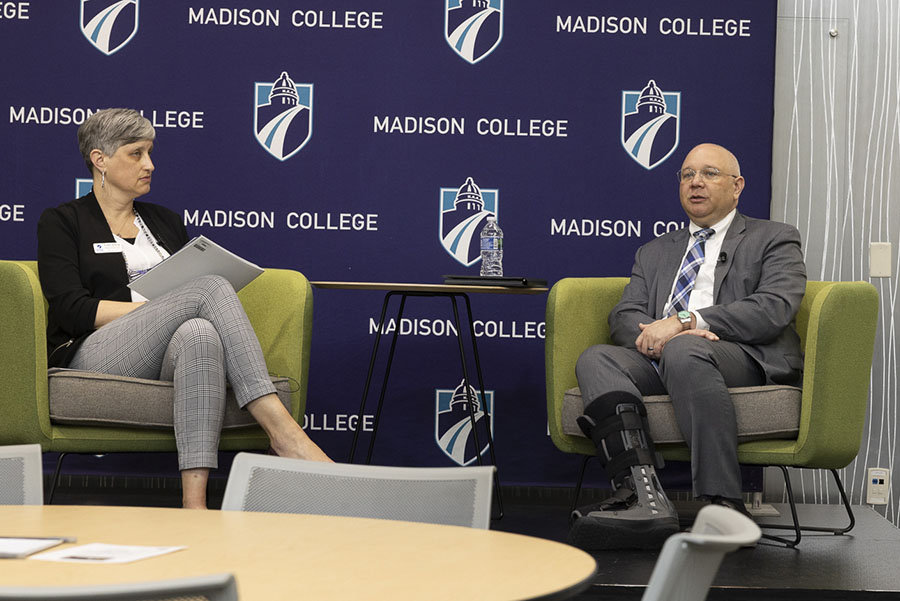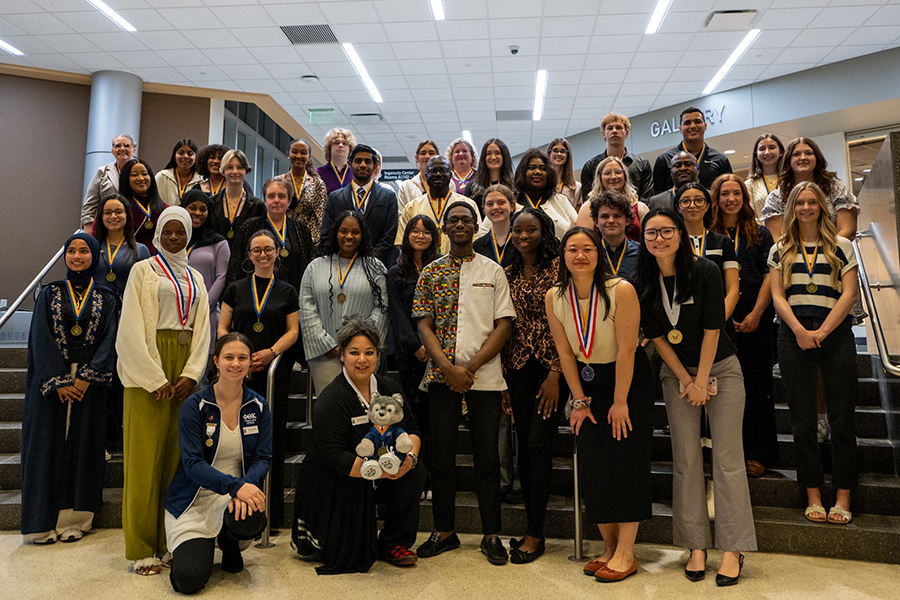It cannot be denied that the student participation expected in western classrooms is important, since it helps students gain more knowledge through discussion and improve their learning process. However, class participation can be a major problem for many students, especially Asian students. In one of my classes, where discussion is a major component of the class, my instructors commented on the fact that I did not actively participate. This made me feel compelled to express my point of view about how many Asian students like me view class participation and what barriers can prevent us from participating.
There is a different concept about class participation here. To me class participation is responding to instructors’ questions and giving an opinion only when invited to do so. American students, on the other hand, are encouraged to actively interact with their classmates and instructors so they feel comfortable saying anything during class.
When English is not your first language, you automatically face some barriers in participatory activities in class. The main problem is lack of proficiency in English. It takes extra time for me to contribute to a class discussion because I have to understand the lecture and at the same time formulate my answer in English in order to engage with the discussion. There is hardly enough time to think. By the time I am ready to speak, the conversations have been taken over by my American classmates.
Cultural factors also affect the way students participate in classrooms. I don’t know much about other Asian countries, but in Indonesia classes are generally lectures where teachers explain everything and then tell students what to do and students believe that what the teacher says is the truth. So I was taught to listen more. I was not used to having to speak a lot during class, to argue, or even to question the teacher. Asking questions or speaking your mind in class could be considered disrespectful to teachers.
If I really want to ask questions, I prefer asking my classmates to asking my lecturer during class. Or, if I really have to ask my lecturer, I will do so after class. Most Asian countries have large class sizes. If students ask questions during the lecture, teachers may not be able to finish their lecture on time. That is why students generally prefer to discuss any problems they have after class or if the lecturer opens a discussion session. Additionally, students are afraid of making mistakes and being mocked by their classmates if they give “stupid” opinions. This is also a factor in discouraging participation in class.
I think Asian students are culturally shy and quiet. That is why they will not actively contribute to class unless they are asked to do so. I consider that silence is the norm in my society and I only offer my opinion when there is something that needs to be explained. Here, on the other hand, American students can speak their mind about everything, even things unrelated to the lecture. They have been encouraged to be critical and analytical since they were young.
Furthermore, students here are sometimes asked to comment on other students’ presentations as a participatory activity. I feel hesitant to do this because I don’t think one student is above another student and direct feedback should come from the instructor. Consequently, this behavior may lead to my being stereotyped as passive and unresponsive.
Another point is that it takes a great amount of effort to participate when instructors use too many colloquialisms. Instructors might have difficulty understanding some Asian students as well. If instructors use formal English to deliver their lectures, that would make it easier for international students to understand.
I believe that class participation is a valuable learning method for students to encourage them to grow academically. For students, the best way to master this technique is to practice proactive behavior and just jump into the discussion. But that’s easier said than done. Instructors, for their part, should be sensitive to their students. Especially in classes where there is a mix of races, genders, ethnicities and cultures. I would expect them to take time to understand their students, and where they are coming from, and to have a better understanding of different learning behaviors.



























